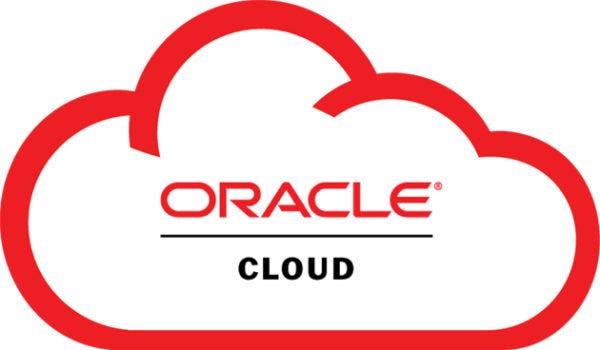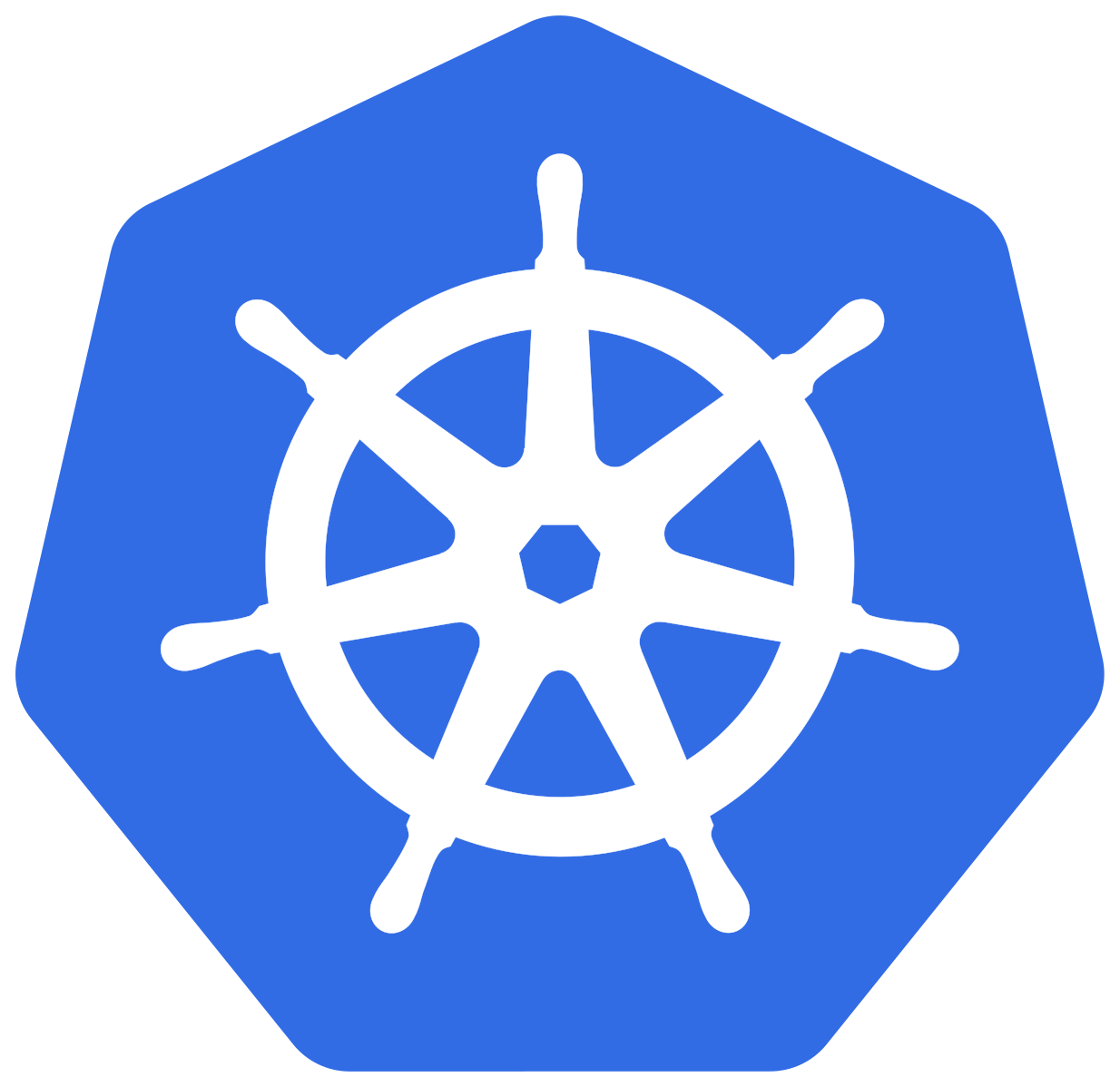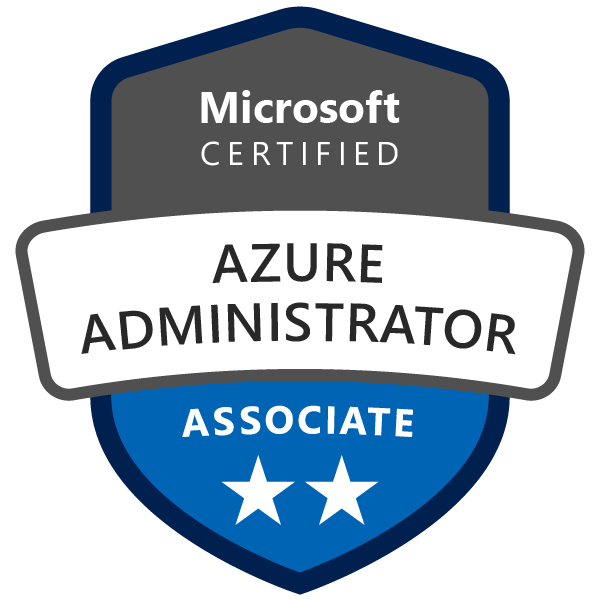Oracle Cloud Infrastructure Foundation
OCI Fundamentals
Compute
-
The primary goal of distributing resources across multiple availability domains in Oracle Cloud Infrastructure is to improve fault tolerance and high availability. By spreading resources across isolated, fault-tolerant data centers within a region, applications can continue operating even if one availability domain experiences an outage.
-
It is important to choose a region close to users to reduce network latency and increase application performance.
-
The Oracle Cloud Infrastructure Compute service offers Virtual Machines (VMs), Bare Metal instances, and Dedicated Virtual Machine Hosts.
-
Vertical scaling in the Oracle Cloud Infrastructure Compute service refers to the process of increasing the performance of an instance by adding more OCPUs and memory. This allows for improved processing capabilities and resource allocation, resulting in enhanced performance for the compute instance.
-
Horizontal scaling is achieved by adding or removing instances within an instance pool in Oracle Cloud Infrastructure Compute. This type of scaling helps manage workloads and maintain optimal resource utilization by distributing traffic across multiple instances.
-
Oracle Roving Edge Infrastructure is a service designed to host workloads and use cases that operate at the edge, especially the far edge and tactical edge. It is designed to function as an extension of your Oracle Cloud tenancy.
-
OCI Dedicated Region enables customers to deploy an Oracle Cloud region in their own data center.
-
Oracle Cloud Infrastructure’s Bring Your Own License (BYOL) feature helps customers save on costs by allowing them to use their existing software licenses in OCI. This means customers can leverage their investment in Oracle software licenses when migrating or deploying new applications in OCI, without the need to purchase additional licenses.
-
When creating an Oracle Cloud Infrastructure Compute flexible shape instance, users can customize the number of OCPUs and the amount of memory according to their needs. Flexible shapes provide more control over resource allocation and help users optimize costs and performance.
-
In the Oracle Cloud Infrastructure Compute service, an Instance Configuration is a predefined configuration that includes the instance’s shape, base image, and metadata. It allows users to quickly create new instances with the same configuration, streamlining the deployment process.
-
Live Migration is a feature in the Oracle Cloud Infrastructure Compute service that enables users to migrate running instances between different fault domains without any downtime. It allows users to perform maintenance or balance workloads across fault domains while maintaining the availability and performance of their applications.
Networking
- Oracle Cloud Infrastructure Load Balancer supports three types of load balancing algorithms: Round Robin, Least Connections, and IP Hash. The Round Robin algorithm distributes incoming traffic evenly across instances. This algorithm helps ensure efficient distribution of network traffic and maintain the availability and performance of applications.
- The main difference between a Load Balancer and a Network Load Balancer in Oracle Cloud Infrastructure is that a Load Balancer works at the application layer (layer 7) and can handle application-specific traffic, while a Network Load Balancer works at the transport layer (layer 4) and can handle any type of TCP or UDP traffic.
- A Dynamic Routing Gateway (DRG) provides a path for traffic between a VCN and an on-premises network or another VCN in the same or different region.
- The key difference between Security Lists and Network Security Groups in Oracle Cloud Infrastructure is that Security Lists apply to subnets, while Network Security Groups apply to individual instance VNICs. This allows for more granular control of traffic in and out of instances.
- A Route Table in OCI defines how traffic leaving a subnet is routed. You create route rules to send traffic to specific targets, such as an Internet Gateway (for public traffic) or a NAT Gateway (for instances in a private subnet requiring outbound internet access).
- A Route Table is a component in Oracle Cloud Infrastructure Networking Service that defines rules for packet forwarding to destinations outside the Virtual Cloud Network (VCN). Route Tables have rules to route traffic from subnets to destinations outside the VCN by way of gateways or specially configured instances.
- A Service Gateway in Oracle Cloud Infrastructure networking service enables access to Oracle services within the same region without the traffic going through the public internet. This provides a more secure and reliable connection for accessing Oracle services like Object Storage, Autonomous Database, and others.
Storage
- Archive Storage is a storage tier in the Oracle Cloud Infrastructure Object Storage service designed for rarely or seldom accessed data that can be restored within hours. It offers the lowest cost per stored gigabyte and is suitable for long-term storage of data that is not needed for immediate access, such as backups or historical data.
- Block storage is the type of storage associated with instances in the Oracle Cloud Infrastructure Compute service. It provides low-latency, high-performance storage volumes that can be attached to instances to store data and applications.
- Auto Tiering for Object Storage is a feature that helps you automatically move objects between Standard and Infrequent Access tiers based on their access patterns.
- Auto-Tiering uses lifecycle policies to move infrequently accessed data from the Standard tier to a lower-cost storage tier, such as Archive or Infrequent Access. This helps reduce costs by keeping rarely accessed objects in less expensive storage.
- OCI Block Volumes are automatically replicated within an availability domain for high durability, ensuring data redundancy and protection against hardware failures.
- In the Oracle Cloud Infrastructure Block Volume service, Online Resizing enables you to increase the size of a block volume without any downtime. This feature allows you to scale storage capacity on the fly to accommodate growing data needs or application requirements, ensuring continuous availability and performance.
- The Oracle Cloud Infrastructure File Storage service uses the Network File System (NFS) protocol for file access. NFS allows clients to access files over a network in a manner that appears as though they are part of the local file system.
IAM
- An IAM policy statement in Oracle Cloud Infrastructure typically consists of these components: Location (compartment or tenancy), Action Verb (the specific action to be allowed), Resource (the resources the action can be performed on), Principal (group the policy applies to), and a set of optional Conditions.
- In Oracle Cloud Infrastructure, the Principal component of an IAM policy statement defines the user or group the policy applies to. It specifies the groups that the policy statement affects, granting them access to resources and actions defined in the policy statement.
- Compartments in Oracle Cloud Infrastructure are a global resource; they can be nested to create a hierarchy; and IAM policies can be written to grant access to resources in specific compartments.
- In Oracle Cloud Infrastructure, compartment quotas are applied on a per-compartment basis. This allows administrators to set different resource limits for each compartment, ensuring that resource usage aligns with the organization’s policies and requirements.
- Storing and managing encryption keys and secrets is a function of the Oracle Cloud Infrastructure Vault service.
- Dynamic Groups allow OCI Compute instances and other cloud resources to act as principals and receive permissions via IAM policies. This means that Compute instances, Functions, and other resources can have permissions without requiring a specific user to authenticate.
- In the Oracle Cloud Infrastructure shared security responsibility model, the customer is responsible for securing their data, applications, and access control. This includes implementing appropriate security measures such as encryption, user access control, and monitoring to protect sensitive data and ensure the overall security of their cloud environment.
Security
- Oracle Cloud Infrastructure Security Zones help to enforce best practice security configurations for your resources. By using Security Zones, you can ensure that resources are created and managed with security best practices, minimizing potential security risks and improving the overall security posture of your infrastructure.
- OCI Security Zones enforce security best practices and policies by preventing risky actions that could lead to security vulnerabilities. If a policy violation occurs, the operation is denied to ensure compliance with security standards.
- Oracle Cloud Infrastructure Web Application Firewall (WAF) is designed to protect your web applications from various types of malicious attacks, such as SQL injection and cross-site scripting. WAF inspects incoming web traffic and filters out any requests that match predefined security rules, ensuring the security and availability of your web applications.
- In Oracle Cloud Infrastructure, Security Lists are responsible for controlling traffic between subnets within a virtual cloud network (VCN). They define ingress and egress rules to determine the allowed traffic at the subnet level.
Monitoring
- Oracle Cloud Infrastructure Cloud Guard continuously monitors your cloud resources and configurations to detect, assess, and remediate security risks. Cloud Guard helps maintain a strong security posture by identifying and addressing potential security issues before they become critical.
-
Ingress data transfer refers to the data transferred into Oracle Cloud Infrastructure from other sources. Generally, ingress data transfer is free of charge, while egress data transfer can have associated costs depending on the destination (to a different cloud provider like AWS or GCP, to a different OCI region, or to the internet).
- The primary purpose of setting up budgets in Oracle Cloud Infrastructure is to monitor and control spending on OCI services. Budgets allow customers to track their spending and receive alerts when their spending approaches or exceeds the budget limits they have set, enabling them to manage costs effectively.
- The Cost Analysis tool in Oracle Cloud Infrastructure enables users to visualize and analyze their cloud usage and spending patterns over time. This helps users better understand their consumption of resources and services and make informed decisions about cost optimization.



